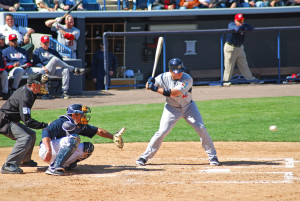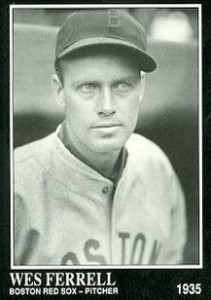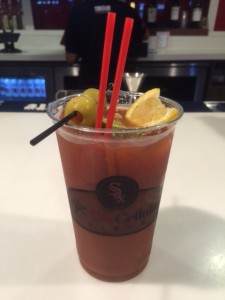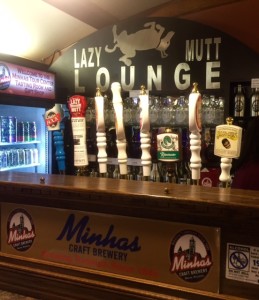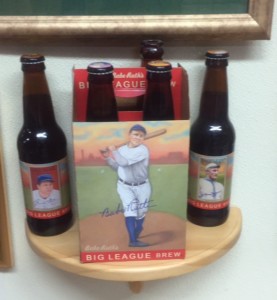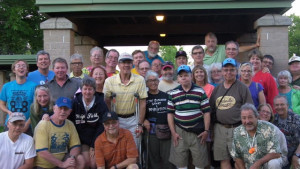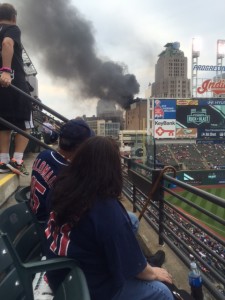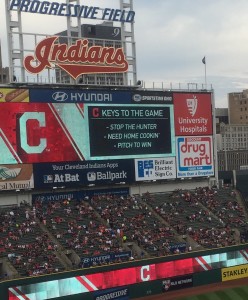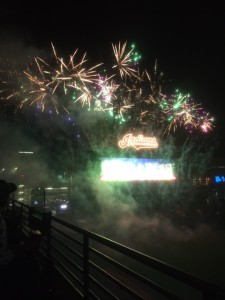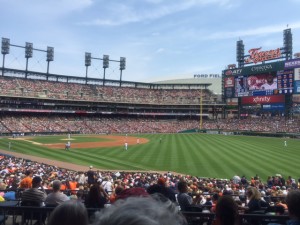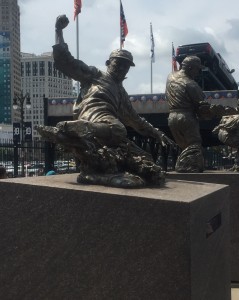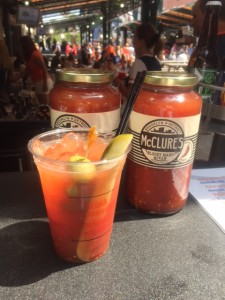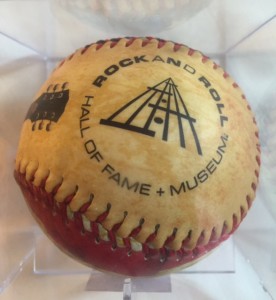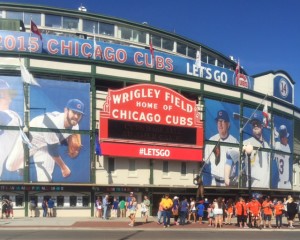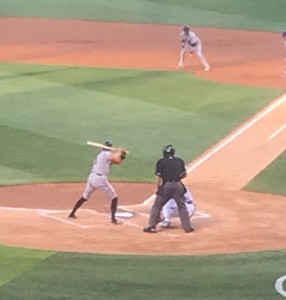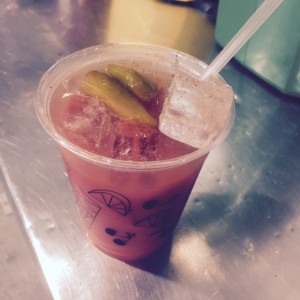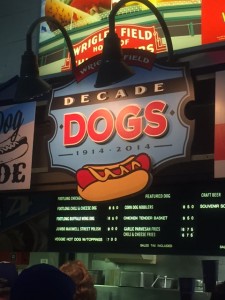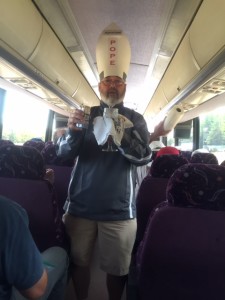Williamsport – where Little Leaguers Play Big Games
Spurred by ESPN’s excellent and ongoing coverage of the 2015 Little League World Series (LLWS), BBRT thought it would be appropriate to revisit some past “legendary” LLWS performances. So, here’s my top three (although there are as many as a dozen great candidates).
1. Lloyd McClendon – 1971
How can you not put a player who earned the nickname “Legendary Lloyd” at the top of your Little League World Series legends list? Back in 1971, 12-year-old Lloyd McClendon (current manager of the Seattle Mariners) earned the title “Legendary Lloyd” for his LLWS performance for the Gary, Indiana team. McClendon helped lead his team to the finals – the first all African-American team to make it to the final LLWS game. He had ten plate appearances (three games) and swung the bat just five times. Each of those swings produced a home run. In all of his other trips to the batter’s box, Lloyd was intentionally walked. Before the championship game, the opposing coach (Taiwan provided the opposition) reportedly vowed to challenge (and not intentionally walk) McClendon. Lloyd, however, poled a three-run homer on the first pitch of his first bat – and then drew intentional walks in his remaining plate appearances. The three tallies were the Gary team’s only runs of the contest, which McClendon started on the mound. As a pitcher that day, Legendary Lloyd held the favored team from Taiwan to three runs, while striking out a dozen, over the first eight innings – before the wheels came off and Taiwan captured the title in the ninth.
McClendon went on to attend Roosevelt High School in Gary (earning All State recognition and a baseball scholarship to Valparaiso University). He earned All Conference (Indiana Collegiate Conference) honors for Valparaiso in 1979 and 1980 (with a .330 average and 18 home runs in his college career). McClendon was drafted by the Mets in 1980 (eighth round), made it to the majors in 1987 – and hit .244 with 35 home runs and 154 RBI over eight seasons (1987-94, with the Reds, Cubs, Pirates). His best year was 1989, when he went .286-12-40 for the Cubs, spending time at catcher, 3B, 1B and outfield. He made the post season three times (1989 Cubs, 1991-92 Pirates) and hit .625 (10-for-16) with one home run and four RBI in 11 NLCS games. He served as a Pirates’ coach (1997-2000) and manager (2001-05), Tigers’coach (2006-2013) and Mariners manager (2014-15).
2. Sean Burroughs – 1993
Little Leaguer Sean Burroughs had some big shoes to fill. His father, Jeff Burroughs enjoyed a 16-season MLB career and was the 1974 AL MVP. Sean, playing for Long Beach, California, made it to the finals in 1992 and 1993. The 1992 team lost the championship game to the Philippines, but was later declared the title winner after the Philippines team was found to have used ineligible players. It was in 1993 that Sean earned his spot on this list. Long Beach won the LLWS title in more traditional fashion that year; with Burroughs throwing a pair of no-hitters, fanning 32 batters, and going 9-16 (.562) at the plate, with three home runs and five RBI. Burroughs was a 1998 first-round draft pick (ninth overall) by the Padres. Burroughs was MVP of the 2000 Futures Game and the Pacific Coast League (AAA) Rookie of the Year in 2001, when he hit .322 in 104 games. Burroughs hit .278 in seven MLB seasons (2002-06, 2011-12; Padres, Diamondbacks, Twins) – primarily as a third baseman. His best season was 2003, when he hit .286 with seven home runs, 58 RBI and seven steal in 146 games for the Padres. He is currently on the roster of the Long Island Ducks of the independent Atlantic League.
3. Chin-Hsiung Hseih – 1996
Chin-Hsiung Hseih was a virtual hitting machine for Chinese Taipei (Taiwan) in 1996 – he went 12-for 17 (.706) with LLWS record-highs in home runs (7), runs scored (13) and RBI (16) as his Tainan, Chinese Taipei team won the title.
Honorable mentions: Angel Macias, who pitched a perfect game for Monterrey, Mexico, in the 1957 championship game (making Monterrey the first non-U.S. team to win the title); Cody Webster, Kirkland, Washington, who shut out Taiwan 6-0 in the 1982 title game – stopping Taiwan’s streak of consecutive championships at five – and also hit .500 for the series; and Kyle Carter, who earned four pitching victories (three complete games) as Columbus, Georgia, won the 2006 title.
